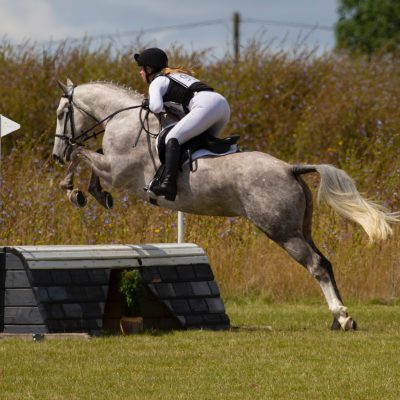Lunging is a valuable tool for both exercise and training, and can help improve a horse’s balance and flexibility. In this guide, I will cover all the important points about lunging, including safety, equipment, and technique.
Safety First
Before you start lunging your horse, it’s important to ensure that you and your horse are safe. Always wear a riding helmet and gloves, and make sure your horse is wearing the appropriate gear, including a halter and lunge line. It’s also important to choose a safe and secure location to lunge your horse, such as a round pen or enclosed arena.
Equipment
To lunge your horse, you will need a few key peices of equipment:
- A lunge line: A long line, usually made of nylon or cotton, that attaches to the horse’s halter and is used to control the horse’s movements.
- A lunge whip: A long whip, usually made of fiberglass or carbon fiber, that is used to encourage the horse to move forward and respond to commands.
- A halter: A headpiece that is used to control the horse’s movements and attach the lunge line.
Lunging Technique
Once you have your equipment and have chosen a safe location, you can start lunging your horse. Here are the steps to follow:
- Begin by standing facing your horse, with the lunge line in one hand and the whip in the other.
- Ask your horse to walk forward, using your voice or a verbal cue.
- Use the whip to encourage your horse to move forward and stay on the circle.
- Gradually increase the horse’s speed by using the whip and your voice to encourage them to trot.
- Once your horse is comfortable with trotting, you can encourage them to canter.
- As your horse moves around the circle, make sure to stay in a fixed position and avoid pulling or yanking on the lunge line.
- Use verbal cues and body language to communicate with your horse and encourage them to move forward or slow down.
- When you’re ready to stop lunging, gradually bring your horse back to a walk and then halt.
Benefits of Lunging
Lunging your horse is an excellent way to provide exercise and training while also improving your horse’s balance and flexibility. It can also help build your horse’s trust in you as a rider and improve your communication skills with your horse.
Lunging your horse is a valuable tool for any rider or horse owner. By following these simple steps and ensuring safety, you can provide your horse with exercise and training that will improve there overall health and well being. Remember to always be patient, consistent, and attentive to your horse’s needs while lunging.








No Comment! Be the first one.